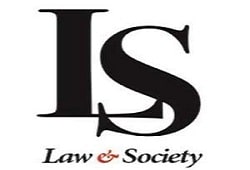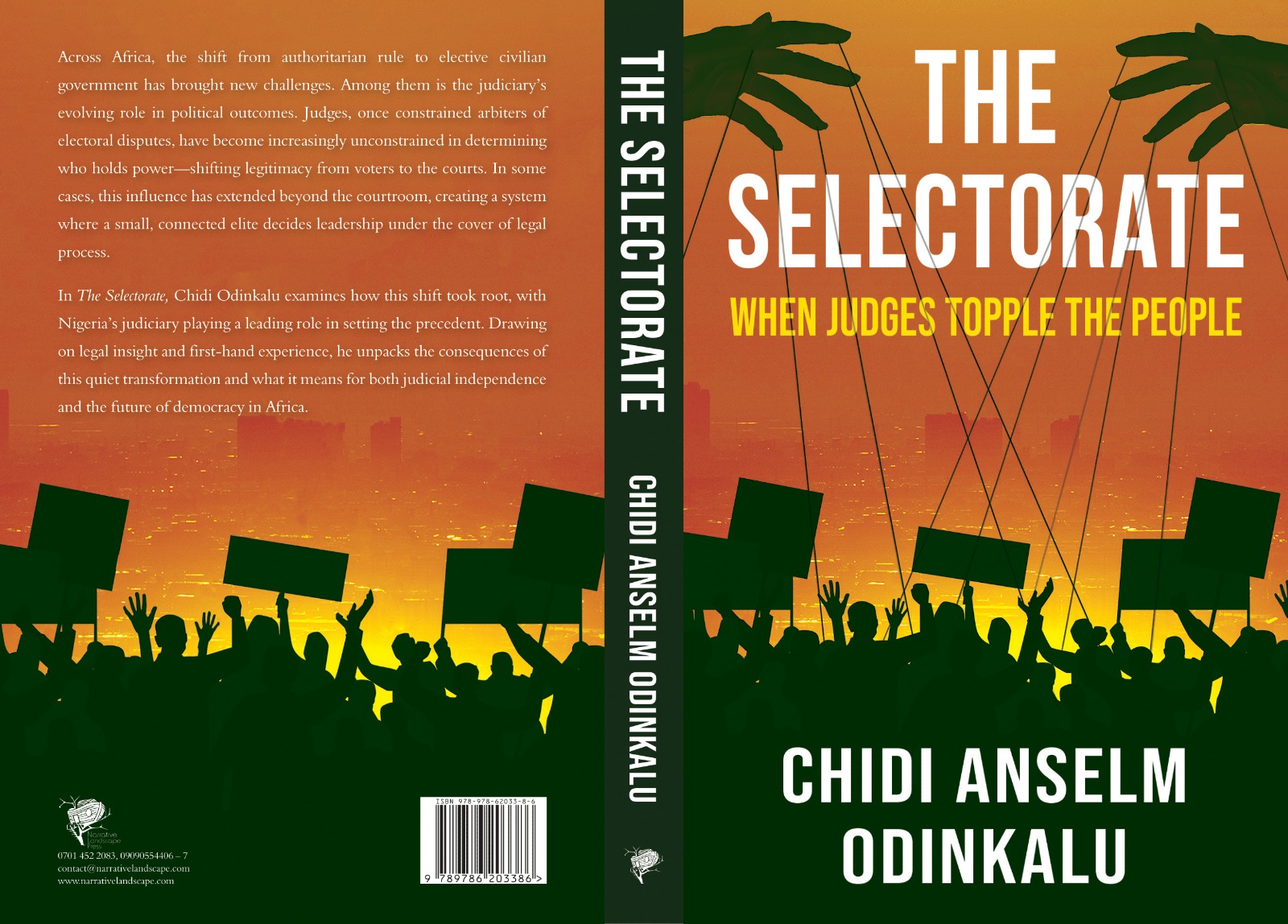By Tiamiyu Aliyu Imogbemi
The power of a court to correct clerical errors, accidental slips, or omissions in its own judgment is well-established in Nigerian jurisprudence. It is a power rooted in both procedural rules and the inherent jurisdiction of the courts to ensure that justice is not hindered by inadvertent technical mistakes. However, the exercise of this power is subject to clear limits: it must not become a vehicle for the substantive review or re-evaluation of the case under the guise of correction.
It is now well settled beyond any doubt that where a judgment is in need of clarification or correction in respect of clerical slips or omissions, the same court that delivered the judgment is empowered under the law to make such corrections. This position was affirmed in Asiyanbi & Ors. v. Adeniji (1967) 1 All NLR 82, and has since been followed and applied by the courts in several cases, including Umunna & Ors. v. Okwuraiwe & Ors. (1978) 6–7 SC 1 and Berliet (Nig.) Ltd. v. Kachalla (1995) 9 NWLR (Pt. 420) 478 at 493–494.
In Umunna & Ors. v. Okwuraiwe & Ors., the trial court had mistakenly assumed that the plaintiffs sought a declaration of title to land, and accordingly entered a non-suit against them. However, during the delivery of judgment, the plaintiffs’ counsel drew the court’s attention to the fact that the actual relief sought was a declaration for exclusive possession. Upon realizing the error, the trial judge invoked the court’s inherent power, and relying on the slip rule under Order 20 Rule 11 of the Rules of the Supreme Court of England, 1965 (then applicable), corrected the judgment and delivered a proper decision in favor of the plaintiffs on their claim for exclusive possession. The court also found in their favor on the claims for damages and injunction, all without inviting further address from counsel.
Dissatisfied, the defendant appealed to the Supreme Court, contending that the trial judge erred in correcting the judgment without first inviting counsel to address the court. The Supreme Court dismissed the appeal. Obaseki, J.S.C., delivering the lead judgment, held that in addition to the powers under the rules of court, the trial court possesses original or inherent power to correct any slip or omission in its judgment, provided the error is brought to its attention at the time of delivering the judgment.
The principle was similarly affirmed in Berliet (Nig.) Ltd. v. Kachalla, where the Supreme Court held that even where the judge who delivered the original judgment is unavailable, another judge of the High Court is, by virtue of the general powers granted under sections 6(6)(a) and 236(1) of the 1979 Constitution [now sections 6(6)(a) and 272(1) of the 1999 Constitution], in as good a position to correct any palpable clerical errors, accidental slips, or omissions in the judgment. This further underscores that the power to correct errors resides not solely in the individual judge but in the court itself.
In Federal Public Trustee v. Mrs. C. A. Sobamowo (1967) NMLR 350, Taylor, C.J., acting as trial judge, rightly exercised the power to correct accidental slips or omissions in the judgment and orders of the court. This was affirmed by the appellate court, which regarded his intervention as proper and within the limits of the court’s corrective powers.
The courts have therefore established that the correction of clerical errors and accidental omissions is permissible, whether by the same judge who delivered the judgment or by another judge of the same court, and such correction may be made either under specific procedural rules or by exercising the court’s inherent jurisdiction.
However, while courts enjoy this power, it is not without limits. Where a judgment contains an error or omission on a matter of law, the court cannot correct it, even if it appears on the face of the judgment or order. This restriction is aimed at preserving the finality of judgments and preventing courts from revisiting or re-evaluating matters already adjudicated under the guise of correction.
This limitation was clearly stated in the English cases of Bright v. Sellar (1904) 1 K.B. 6 and Re: Gist (1904) 1 Ch. 398, both of which were cited with approval by the Supreme Court in Umunna & Ors. v. Okwuraiwe & Ors. (supra). The guiding principle from these authorities is that the power to correct should not be used to alter a substantive finding of the court or to review a concluded decision.
The Supreme Court reaffirmed this boundary in Race Auto Supply Co. Ltd. & Ors. v. Alhaja Faosat Akib [2006] 13 NWLR (Pt. 997) 333 at 352–354. In that case, the appellants sought to have Shitta-Bey, J. determine the specific time at which the 1st appellant was to cede four shops and two stores in a reconstructed property pursuant to a consent judgment earlier delivered by Obadina, J. The trial court treated the application as one seeking clarification or correction of an accidental omission. However, the Supreme Court disagreed. In dismissing the appeal, the court held that what the appellants sought went far beyond the scope of a clerical error or accidental slip. The issue of timing, which the trial court attempted to determine, required interpretation of the consent judgment, which is not permissible under the guise of correction. Mohammed, J.S.C., emphasized that Shitta-Bey, J. was not entitled, either inherently or by statute, to subject the judgment to interpretation, particularly in a manner that effectively reviewed the consent terms.
This important distinction has been consistently maintained in various decisions, including Alao v. A.C.B. Ltd. (2000) 9 NWLR (Pt. 672) 264 at 299–300, Sodipo v. Lemminkainen OY (1985) 2 NWLR (Pt. 8) 547, Speaker, Bendel State House of Assembly v. Okoye (1983) 7 SC 85, and Minister of Lagos Affairs, Mines and Powers v. Akin-Olugbade (1974) 9 NSCC 489. In all these cases, the courts emphasized that a court becomes functus officio once judgment is delivered, and it cannot, under the cover of correcting a slip, undertake a re-evaluation of the issues or re-interpret its findings.
By and large, Nigerian courts possess the power, both inherent and procedural, to correct clerical errors, accidental slips, or omissions in their judgments. This authority is essential to ensuring that judgments accurately reflect the court’s intention and are not undermined by unintended mistakes. However, this power must be exercised within its narrow limits. Courts may not revisit, interpret, or vary the substance of their judgments under the guise of correction. Any correction that touches on substantive matters must be left to appellate intervention. The careful balancing of these principles preserves both the integrity of the judicial process and the finality of judgments.
If you found this discussion insightful, let’s connect or share your thoughts below!
Tiamiyu Aliyu Imogbemi is a law graduate of Usmanu Danfodiyo University, Sokoto
Contact: 09027976446, Email: [email protected]




